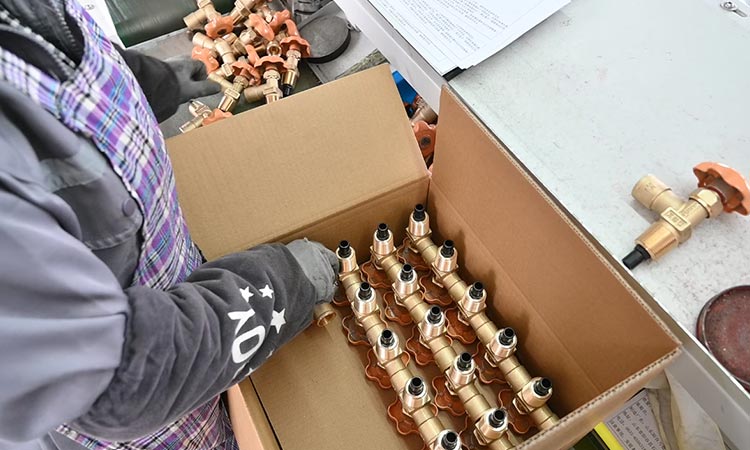In the LPG industry, cylinder valves are far more than mechanical switches—they are the frontline guardians of safety, control, and operational integrity. From material selection to real-time data integration, modern valve systems are engineered to meet the dual demands of high-pressure containment and intelligent resource management.
1. Structural Design and Configuration
Today’s LPG cylinder valves adopt a non-disassemblable structure, meaning once dismantled, they cannot be reused or reassembled—this ensures security by preventing unauthorized repair or tampering. With a 90-degree orientation between inlet and outlet, these valves commonly employ thread standards like PZ27.8, PZ39.0, or M26×1.5, depending on whether they’re fitted to steel cylinders or composite-wrapped plastic liners.
Opening heights are no less than one-quarter of the nominal bore, ensuring unimpeded gas flow. Outlet threading is standardized for universal adaptability and ease of connection in field applications.
2. Material and Manufacturing Precision
The core valve components—such as bodies, stems, and caps—are made from high-strength brass alloys, combining mechanical durability with corrosion resistance. Non-metallic sealing elements are specifically chosen for chemical compatibility with LPG and resilience against extreme conditions, ranging from −40°C to +60°C.
The valve body undergoes precision forging, surface shot peening, and tight machining tolerances to ensure leak-free connections and consistent mechanical properties. Threaded interfaces are manufactured burr-free to avoid sealing damage during installation.
3. Performance Criteria and Testing Protocols
Before reaching the market, each valve must undergo a series of stringent tests to guarantee performance, durability, and user safety:
- Operation Torque: Must remain below 5 N·m without jamming or gas leakage.
- Gas Tightness: Leak rates are capped at 15 cm³/h under pressurized and ambient states.
- Vibration and Temperature Resistance: Valves are tested under constant vibration and wide-ranging temperature swings to simulate transport and field usage.
- Durability: Standard valves must endure at least 30,000 full open-close cycles, while self-closing mechanisms require 2,000 cycles without failure.
- Pressure Resistance: Withstands 5× nominal working pressure with no visible deformation or leakage.
- Stress Corrosion Resistance: Subjected to ammonia fume testing to simulate harsh environments.
- Fire Resistance: The handwheel must function after 1-minute exposure to 800–1000°C flame, allowing manual shutdown in emergency scenarios.
4. The Shift Toward Smart and Connected Valves
As the energy sector modernizes, LPG valves are evolving with it. Information valves integrate QR codes or electronic tags that allow traceability throughout the product lifecycle. These tags store serial numbers, batch information, and inspection records—all accessible via mobile scanning.
Smart valves go one step further, incorporating features like filling authorization control, which restricts unauthorized refills and links directly to digital filling systems. This not only reduces safety risks but also strengthens compliance in regions with regulated LPG distribution.
Such integration of digital technology marks a pivotal step in the transformation of traditional LPG equipment into intelligent infrastructure.
5. Identification, Packaging, and Traceability
Each valve carries a permanent marking that includes model number, working pressure, and a unique serial code. An electronic tag—linked to a digital record—is affixed for quality tracing and lifecycle management.
Packaging safeguards the valves during transport and storage, ensuring no internal moisture remains and that threading remains undamaged. Manufacturers are expected to provide digital product certificates and maintain an online tracking system accessible to customers and regulators alike.

